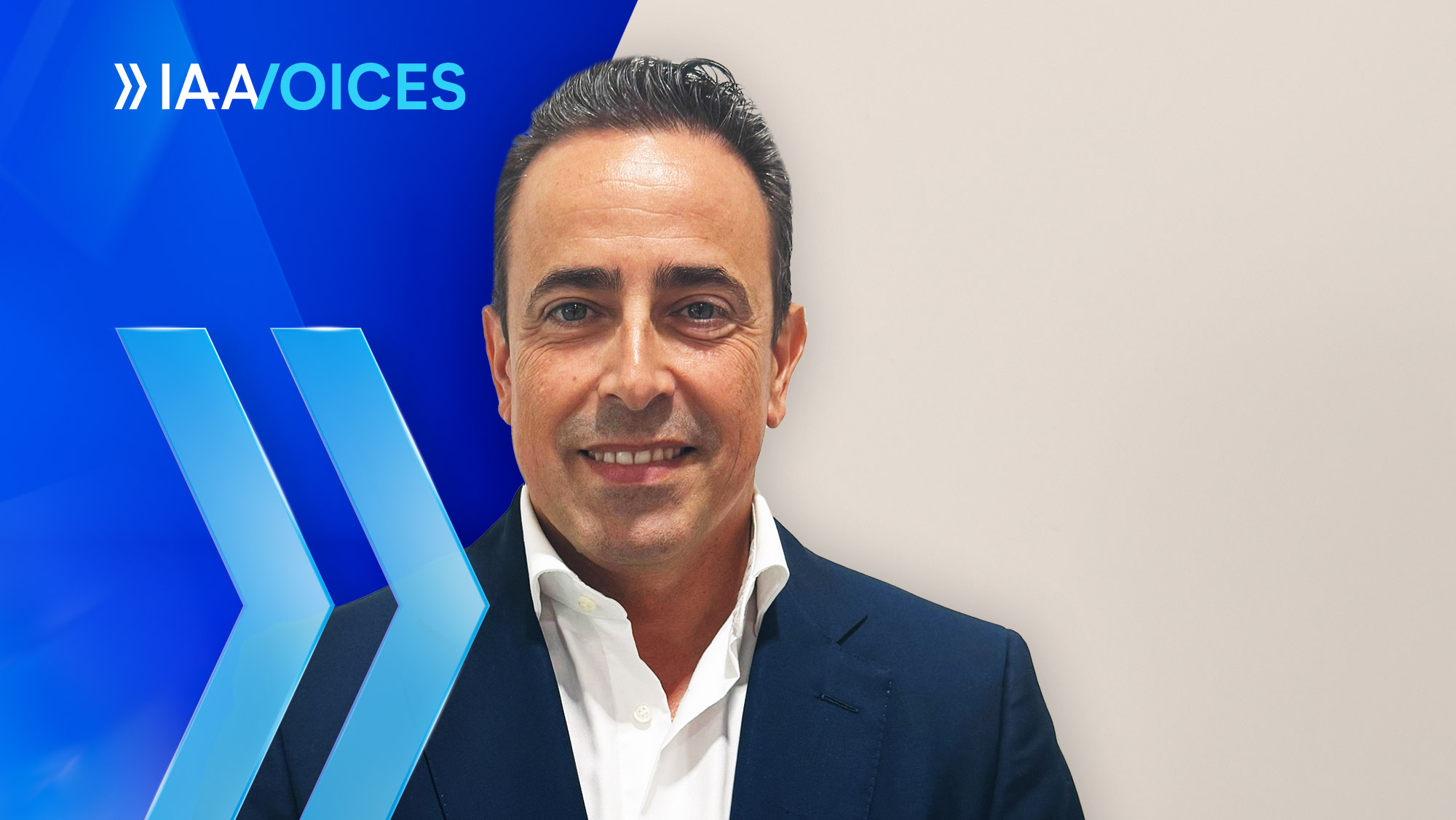
HRC is a global leading composite solution provider, offering end-to-end services across the entire lifecycle of carbon fiber composites - spanning R&D, engineering design, tooling, mass production, recycling, and reuse. With over 2,000 employees across five countries in Eurasia, we combine deep technical expertise with agile manufacturing capabilities to meet the highest standards of performance and quality. HRC works closely with leading OEMs worldwide to develop structural and decorative components - including hybrid monocoques, interior and exterior parts, wheels and body panels, driving advancements in the mobility industry.
1. What key trends do you see currently shaping the development of your field?
In the composites field, several key trends are reshaping both the market landscape and technological direction. One of the most prominent is the expansion of carbon fiber applications beyond their traditional use in luxury or high-performance vehicles. The adoption of composite materials is gradually becoming more diversified, extending into a broader range of components, both exterior and interior. This shift is supported by ongoing advancements in processing and design technologies, which are making composites more versatile and scalable across applications. As more EV brands, such as Xiaomi, enter the market, the cost threshold for adopting composite materials is being lowered. What was once reserved for high-end vehicles is now entering the mainstream. Lastly, and perhaps most importantly, is the trend toward sustainability. Lightweighting contributes directly to improving energy efficiency and extending battery life in electric vehicles. In this context, carbon fiber is a natural fit. But sustainability goes beyond performance; it also includes end-of-life recycling and circularity- areas where HRC is making significant contributions through scalable composite recycling solutions.
2. How important is the IAA MOBILITY as a platform to drive forward innovative ideas and collaborations?
IAA MOBILITY stands out as one of the most influential platforms globally, especially for companies that are shaping the future of mobility. Its evolution from a traditional automotive exhibition into a comprehensive mobility ecosystem reflects the industry’s broader transformation. For HRC, the value of this platform lies in its ability to bring together the most forward-thinking minds in the industry- OEMs, suppliers, startups, and technology leaders, who are actively seeking new ideas, materials, and partnerships. Unlike regional shows, IAA MOBILITY draws a global audience with a shared interest in innovation and sustainability. It provides a space not just for showcasing technology, but for engaging in direct conversations that accelerate collaboration. In this setting, new materials and manufacturing processes gain visibility and validation, helping to speed up their adoption across international markets.
3. What practical applications and collaborations do you expect to be highlighted at the IAA MOBILITY?
At IAA MOBILITY, HRC will focus on showcasing practical, scalable applications that reflect our core strengths - particularly in sustainable materials and lightweight structural solutions. One key highlight is our advanced composite recycling system. HRC is among the few companies capable of reclaiming and reprocessing carbon fiber at scale and reintegrating it into automotive applications, offering a real-world solution to the industry’s recycling challenges. Another important showcase is our hybrid carbon fiber monocoque solution. While monocoques made from pure carbon fiber are well known in the supercar segment, our hybrid approach combines recycled and virgin materials to deliver both performance and sustainability at a more accessible cost. We will also present a range of thermoplastic and thermoset technologies that enable flexible, high-volume production options. Together, these applications reflect our commitment to driving sustainability, not just in concept, but in real and applicable engineering solutions tailored for the European market.
4. What projects will you like to showcase at the IAA MOBILITY?
At IAA MOBILITY, HRC will present a selection of projects that reflect both technical innovation and sustainable thinking. These include a carbon fiber hybrid monocoque that balances performance, lightweighting, and material efficiency; a composite recycling ecosystem showcasing our closed-loop approach from waste recovery to reuse; and a series of visually striking exterior components that demonstrate how composite materials enable bold, diverse, and high-end automotive designs. These projects embody our ability to deliver both functionality and design freedom across the full vehicle lifecycle.
5. How can the IAA MOBILITY help make sustainable technologies and approaches accessible to a wider audience?
IAA MOBILITY plays an essential role in bridging the gap between advanced technologies and broader public awareness. By bringing together global players across the mobility value chain, the event serves as a powerful platform for introducing sustainable solutions to diverse stakeholders—including OEMs, policymakers, and end-users. For HRC, it’s an opportunity to demonstrate that sustainability and performance are no longer mutually exclusive. By showcasing scalable, market-ready technologies, we aim to inspire greater industry adoption and spark a shift in how the market values carbon fiber and other composites—not just as performance materials, but as tools for building a greener, more efficient future.
6. In what ways do you work with OEMs to accelerate the implementation of innovations in vehicles?
HRC’s collaboration model with OEMs is built on early-stage integration and end-to-end support. More than a part supplier; we work closely with OEMs from the initial concept phase, offering insights into material selection, design feasibility, and manufacturing pathways. Many OEMs make design decisions based on their internal knowledge base, which may limit the possibilities for lightweighting or sustainable material use. HRC helps bridge that gap by bringing broader solutions and alternatives to the table. Our one-stop solution covers everything from product development to mass production, including recycling and reuse strategies that extend beyond the vehicle´s lifecycle. This holistic approach allows us to accelerate innovation implementation while aligning with the OEMs’ goals for cost, performance, and environmental impact.